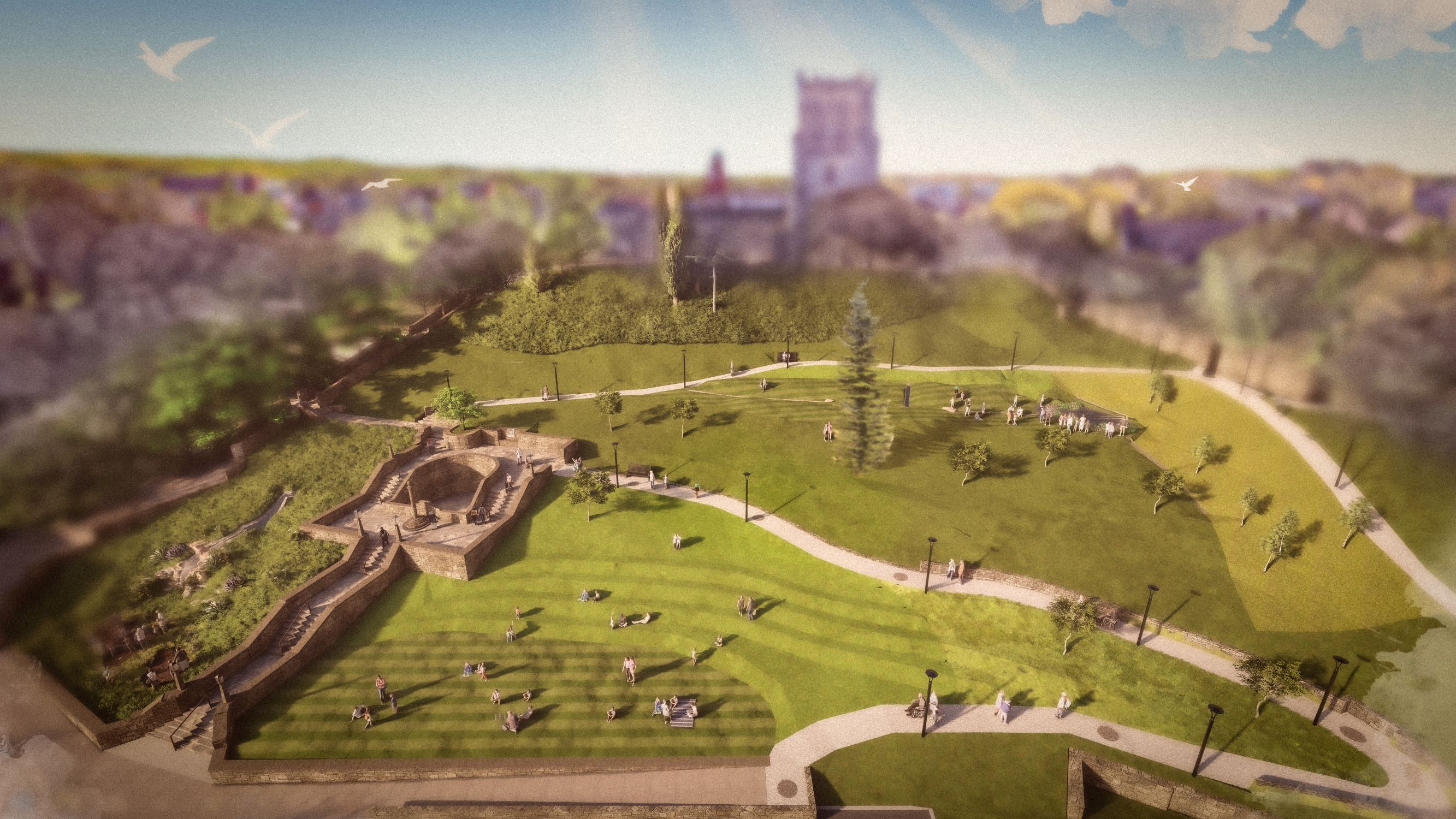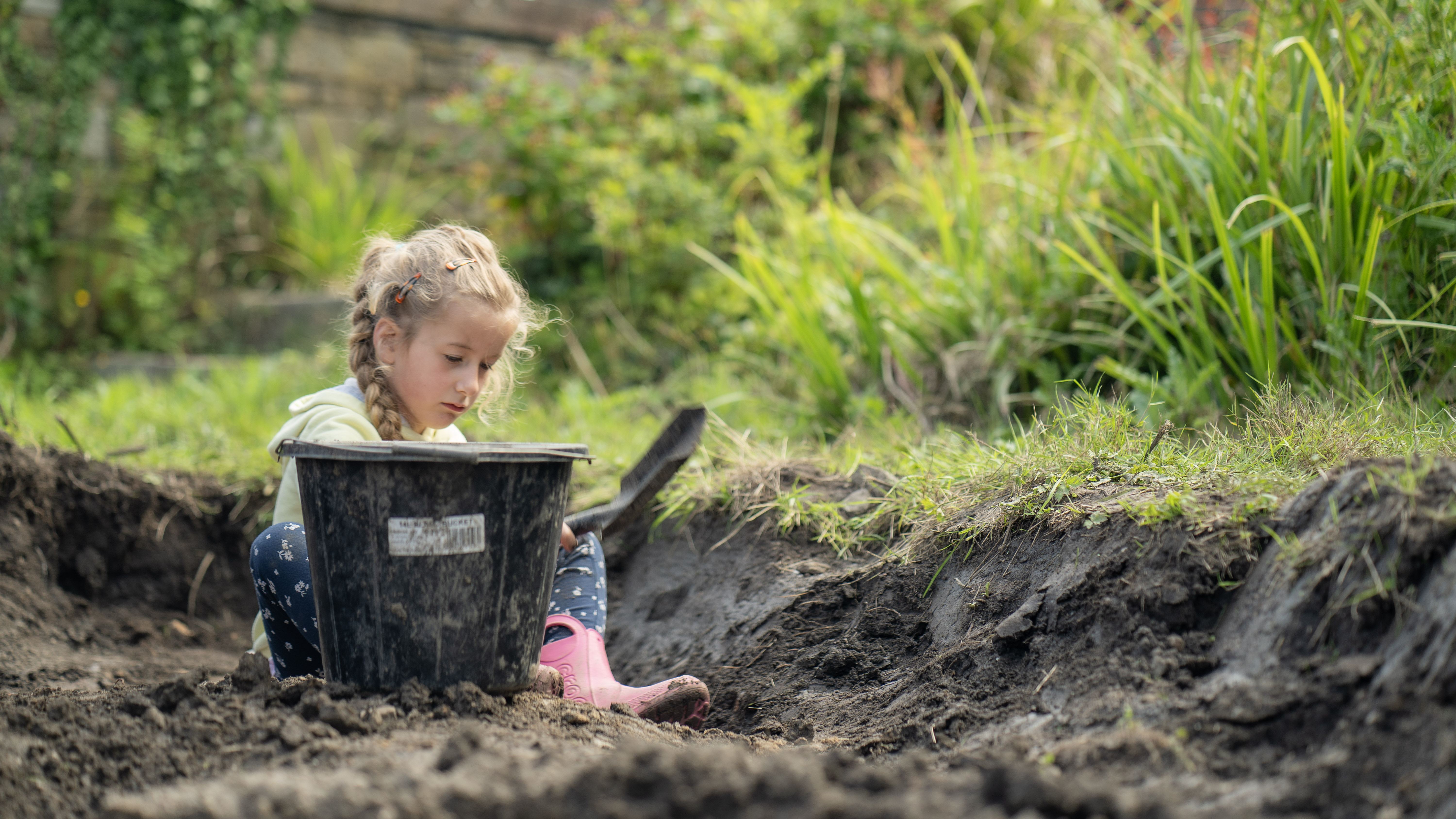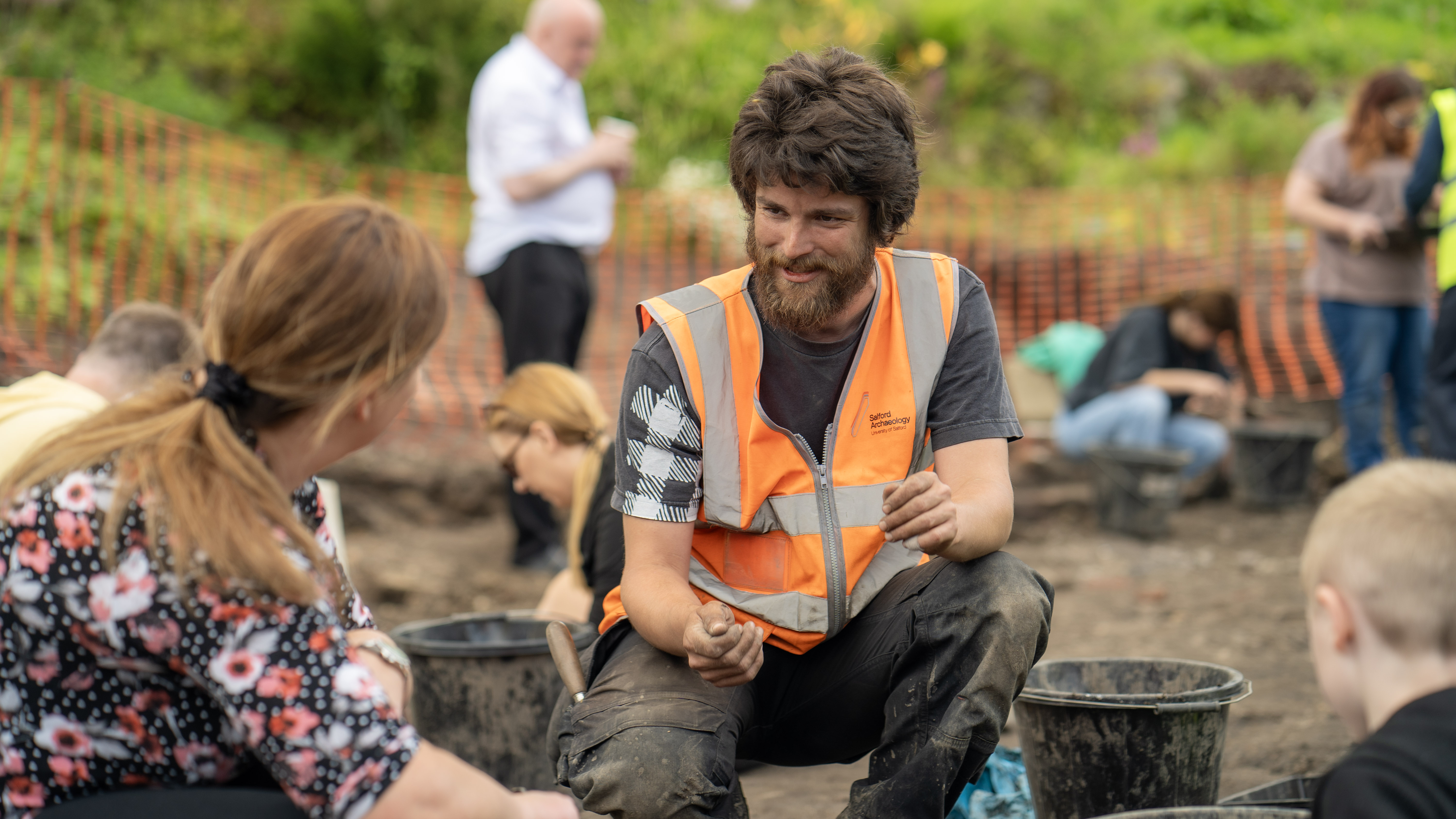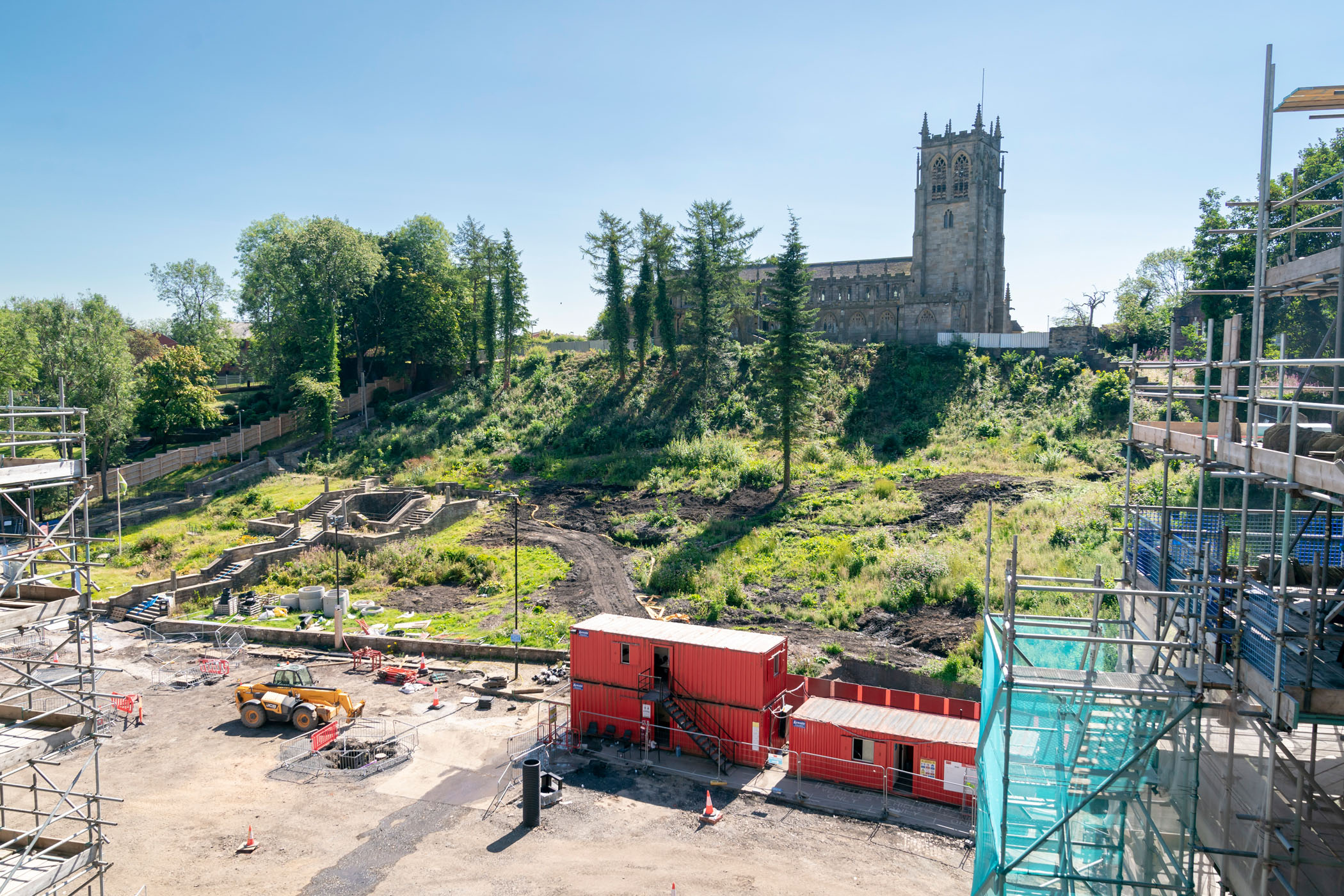- Home
- >
- Regeneration
- >
- projects

Discover the rich history embedded in Broadfield Slopes, intimately connected to Rochdale's settlement and evolution. From traces of our ancient natural past to medieval structures, Broadfield Slopes hold a tale reaching back to the early medieval period. Serving as a vital link between the town's church and ford, the Slopes played a strategic role throughout history. The Slopes have a significance and relevance which spans the history of Rochdale and they have played a role in the major transformations which the town has seen since the early-medieval period.

Through monastic ownership and the subsequent dissolution of the monasteries to genteel living of the 18th and 19th centuries in contrast to the industrial development of the town. The action to turn the Slopes into a public park in the late 19th century highlights the power of the local community to take ownership of this key part of the town centre and to drive forward the decision making on how the Slopes could be adapted to serve their needs.
Records lead the team to believe that Rochdale has a significant medieval history which is, as yet, only partly corroborated by archaeological evidence revealed in the development period. There is evidence of Rochdale being of strategic importance to the Normans in showing their dominance over the Saxons in post-conquest Britain. This lends more weight to the fact that Rochdale was an important medieval settlement. There is potential for an area close to the Slopes to have hosted a medieval market site around 1251 - with further evidence that the Town Hall itself may have been close to the centre of the medieval town, both due to the close proximity to the river.
St Chad’s church is referenced as early as the late C7th. If the project can substantiate our initial research then Rochdale could become known as one of the most important medieval settlements in the North West.

During the development phase the project delivered a major archaeological programme with specialists from the University of Salford, with 5 trainees undergoing an intense training course for 10 weeks who were then offered paid contracts to run the community dig. A further 7 volunteers involved in carrying trial dig pits, and almost 1000 people involved in the community dig including over 150 local primary school children.
The three-week archaeological excavation, supported by The National Lottery Heritage Fund and supervised by GMAAS and the Slopes Dig Team, uncovered the substantial foundations of Charles Kershaw’s 19th-century Central Corn Mill, which was demolished in 1934.

Earlier remains included historic surfaces associated with the former Leyland House were discovered in a narrow trench placed slightly higher up the steep slope to the parish church. The excavation yielded fragments of 17th- and early 18th-century pottery and demonstrated a tantalising potential for earlier material to survive at a lower depth. BBC coverage of the dig can be found here.
The Heritage Fund acknowledgement guidance has recently been updated to be much clearer, including a very helpful toolkit – Acknowledging and celebrating your grant | The National Lottery Heritage Fund
Accessibility Tools
Increase Font Size Decrease Font Size High Contrast Grayscale Links Underline Reset Hide Menu